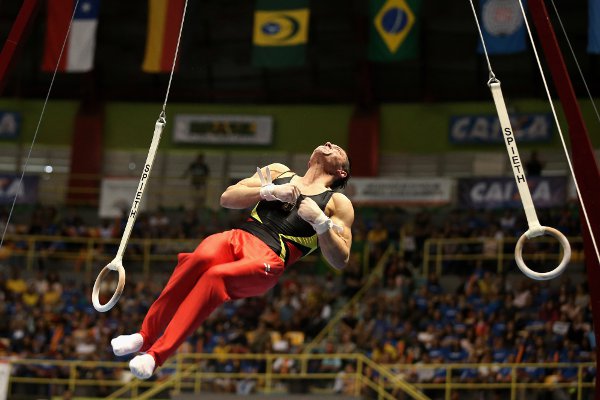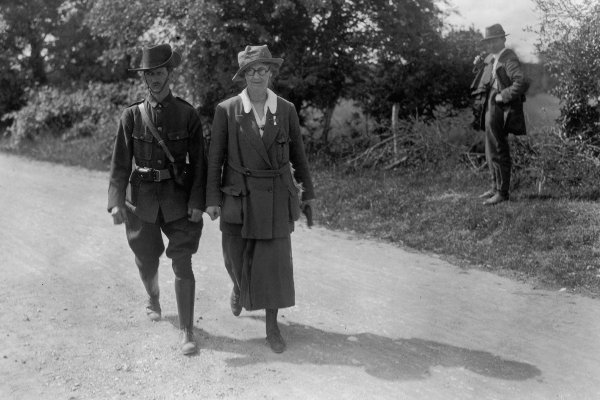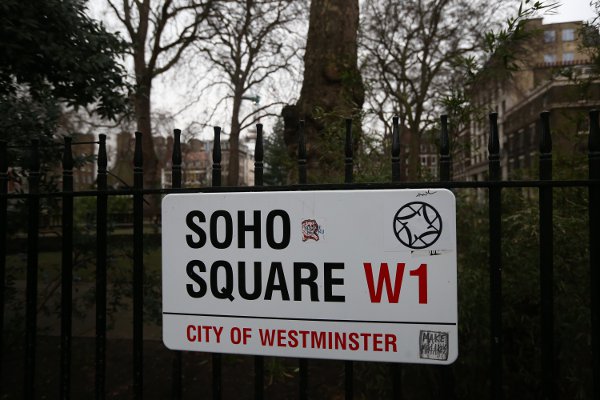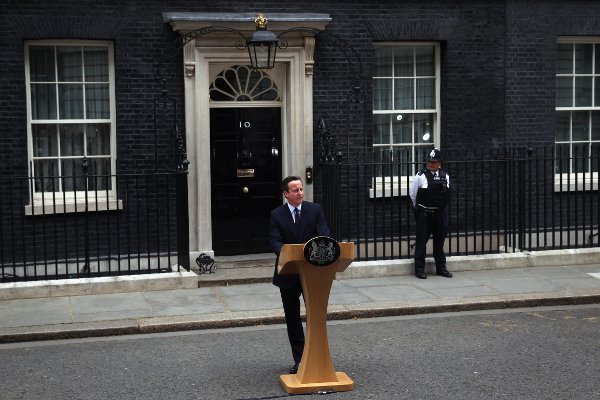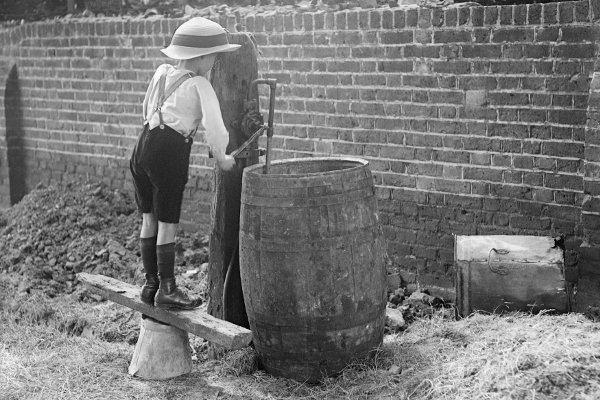IRISH history is deep-rooted in Britain – and perhaps particularly in London, which has seen generations upon generations of Irish people arrive in its boundaries.
It will come as no surprise, then, that there are several sites around London that are ingrained with our history.
Check out this list of places you may not have known about…
The German Gymnasium
Kings Cross is one of London’s most well-known train stations – and the German Gym is probably more associated with German people but there is a nugget of Irish history in there too. The building was Britain’s first purpose-built gym – and was also the site where Michael Collins and other Irish Republicans would meet up and organise drills ahead of the 1916 Rising.
Summerstown
This south London area was a popular place for Irish emigrants to set up home during the early years of Irish emigration. Other areas like Kilburn and Cricklewood have since become the go-to Irish expat areas but in the early 20th century, Summerstown was the place to be. Now, it's a tennis haven and is home to Wimbledon Stadium.
Slade School of Fine Art
Part of University College London, this art school has had many famous students over the years – including one of the most revered women in Irish history. Countess Markievicz studied here in the 1890s, before moving to Paris to continue her art studies there. It was here she would meet her future husband, Count Casimir Dunin Markievicz, giving her the title of Countess. She would go on to become one of the key freedom fighters in the 1916 Rising.
Soho Square
Nestled in the middle of one of the most prestigious areas of London is St Patrick’s Church. This building became the first Irish Catholic church in Britain in 1792. The French and Italians had already set up churches but St Pats, as it is known, became the very first Irish one. The current structure was built in the 1890s, designed by Leeds Irishman John Kelly.
Downing Street
It may be the home of the British Prime Minister but over the decades there has been several key moments of Irish history decided behind the doors of number 10. Most significantly was the negotiations for the Anglo-Irish Treaty in the 1920s – the first official recognition of Irish independence from Britain.
Broadwick Street
A pump on this little street in Soho may look insignificant to many passers-by but for the Irish of the Famine times, it would relieve them of some of the suspicions the British had about them. It was widely believed at the time that the typhoid breakout was because of the Irish immigrants in the area – but local physician John Snow managed to prove that the water supply coming from the pump was the source of the outbreak.

